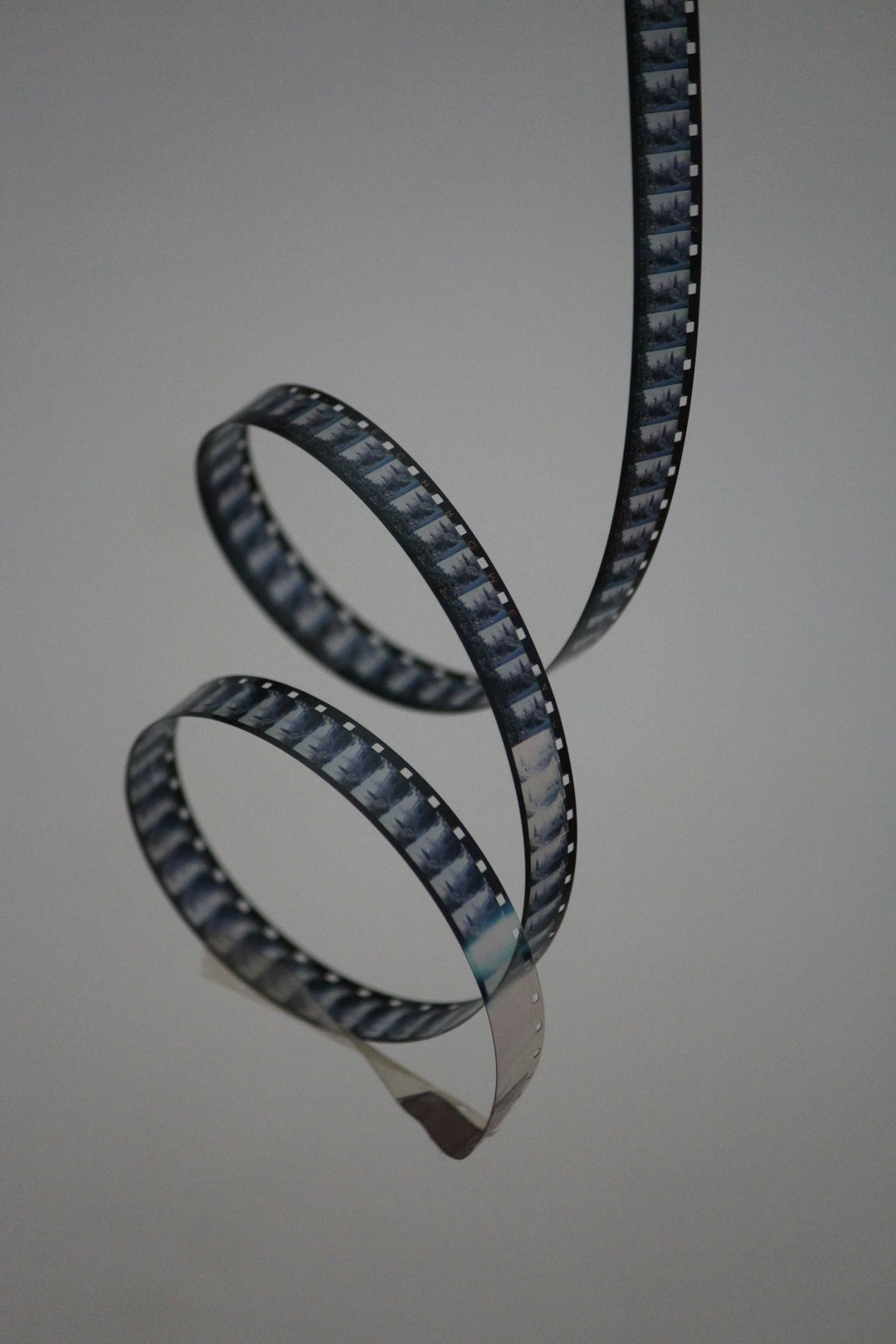Film vs. Movie
What's the Difference?
Film and movie are often used interchangeably to refer to motion pictures, but there is a subtle difference between the two terms. Film typically refers to a more artistic and creative form of storytelling, often associated with independent or foreign productions. It emphasizes the use of visual aesthetics, complex narratives, and thought-provoking themes. On the other hand, movie is a more general term that encompasses a wide range of films, including mainstream Hollywood blockbusters. Movies are often characterized by their entertainment value, popular appeal, and focus on commercial success. While both film and movie offer unique cinematic experiences, film tends to be more critically acclaimed and intellectually stimulating, while movies are designed to entertain and captivate a larger audience.
Comparison

| Attribute | Film | Movie |
|---|---|---|
| Definition | A motion picture that tells a story or presents an idea through a series of moving images. | A motion picture that tells a story or presents an idea through a series of moving images. |
| Origin | Derived from the word "filmstrip" which was used to describe a series of images on a strip of film. | Derived from the word "moving picture" which was used to describe a sequence of images shown in rapid succession. |
| Usage | Commonly used in Europe and other parts of the world. | Commonly used in North America and other English-speaking countries. |
| Formality | Considered more formal and often used in academic or critical contexts. | Considered less formal and commonly used in everyday conversations. |
| Industry | Often associated with the art of filmmaking and the film industry. | Often associated with the commercial aspect of the motion picture industry. |
| Connotation | Can imply a more artistic or creative approach to storytelling. | Can imply a more commercial or mainstream approach to storytelling. |
| Length | Can refer to both short films and feature-length films. | Primarily used to describe feature-length films. |
| Genre | Can encompass various genres including drama, comedy, action, etc. | Can encompass various genres including drama, comedy, action, etc. |

Further Detail
Introduction
When it comes to the world of visual storytelling, two terms often come up: film and movie. While many people use these terms interchangeably, there are subtle differences between the two. In this article, we will explore the attributes of film and movie, highlighting their unique characteristics and discussing their impact on the cinematic experience.
Definition and Origins
Before delving into the attributes, it is important to establish the definitions of film and movie. Film, in its purest form, refers to the art of capturing moving images on celluloid or other physical mediums. It has its roots in the early days of cinema when filmmakers used actual film reels to project their creations onto screens. On the other hand, a movie is a more general term that encompasses any form of moving image entertainment, including films, documentaries, animations, and even home videos. The term "movie" is derived from the word "moving picture," emphasizing the visual aspect of the medium.
Technical Aspects
One of the key distinctions between film and movie lies in their technical aspects. Film, being the traditional medium, often involves a more meticulous and time-consuming production process. It requires careful planning, precise camera work, and attention to detail during both shooting and post-production. The use of film stock also contributes to its unique visual quality, characterized by grain, texture, and a distinct color palette. On the other hand, movies, with the advent of digital technology, offer more flexibility and convenience. Digital cameras and editing software allow for quicker production and easier manipulation of visuals, resulting in a polished and crisp look.
Artistic Expression
When it comes to artistic expression, both film and movie offer unique opportunities. Film, with its historical significance and association with the art form, often attracts filmmakers who seek to push boundaries and experiment with unconventional storytelling techniques. The physicality of film stock allows for various creative choices, such as manipulating exposure, using different film speeds, or even hand-painting frames. These artistic elements contribute to the overall aesthetic and evoke a sense of nostalgia. On the other hand, movies, with their digital nature, provide a canvas for filmmakers to explore visual effects, CGI, and other advanced technologies. This opens up new possibilities for creating immersive worlds and fantastical elements that were previously limited by the constraints of film.
Impact on Viewing Experience
The attributes of film and movie also have a significant impact on the viewing experience. Film, with its organic and tactile nature, often appeals to cinephiles and purists who appreciate the authenticity and craftsmanship of the medium. The visual and auditory characteristics of film, including the grain, flicker, and the warm sound of a film projector, create a unique atmosphere that transports the audience to a different era. On the other hand, movies, with their digital precision and high-definition visuals, cater to a wider audience. The accessibility and convenience of digital formats allow for a more widespread distribution, reaching viewers in various formats, from theaters to streaming platforms, enhancing the overall accessibility and reach of the medium.
Impact on Filmmaking Industry
Both film and movie have had a profound impact on the filmmaking industry. Film, being the traditional medium, has shaped the history of cinema and influenced generations of filmmakers. It has established a rich heritage and a set of techniques that continue to inspire contemporary directors. However, the cost and limitations associated with shooting on film have led to a gradual shift towards digital formats in recent years. Movies, with their digital nature, have revolutionized the industry by democratizing the filmmaking process. The accessibility of digital cameras and editing software has empowered aspiring filmmakers to create their own movies, resulting in a more diverse and inclusive landscape.
Conclusion
In conclusion, while film and movie are often used interchangeably, they possess distinct attributes that shape the cinematic experience. Film, with its historical significance and unique visual qualities, appeals to purists and offers a sense of authenticity. On the other hand, movies, with their digital precision and accessibility, cater to a wider audience and provide a platform for technological advancements. Both mediums have their place in the world of visual storytelling, contributing to the rich tapestry of cinema and offering filmmakers different avenues for artistic expression.
Comparisons may contain inaccurate information about people, places, or facts. Please report any issues.